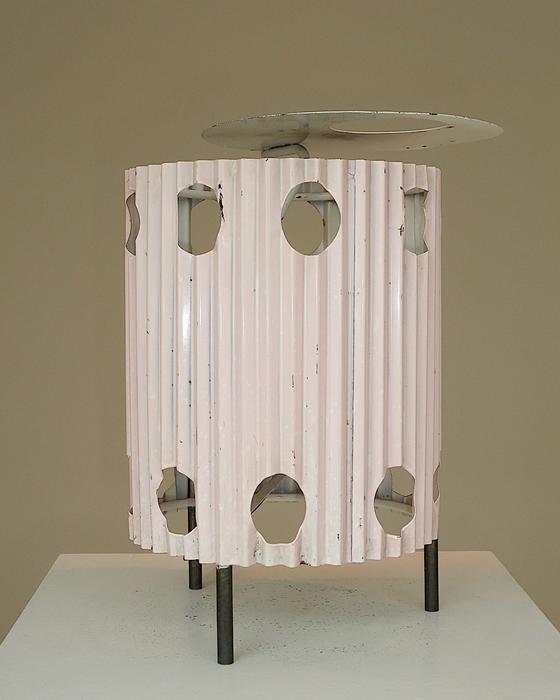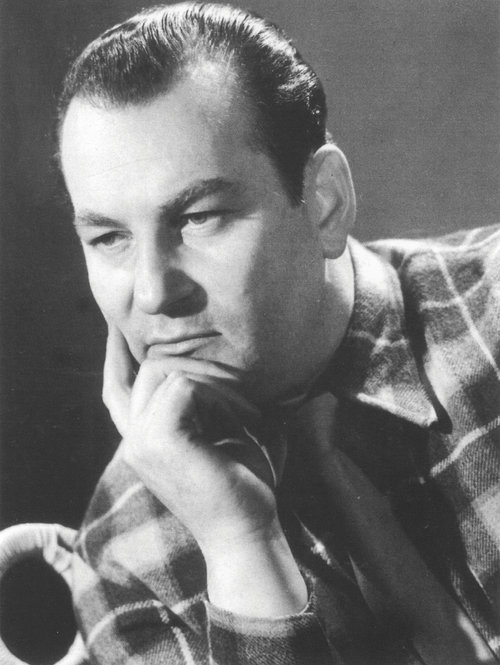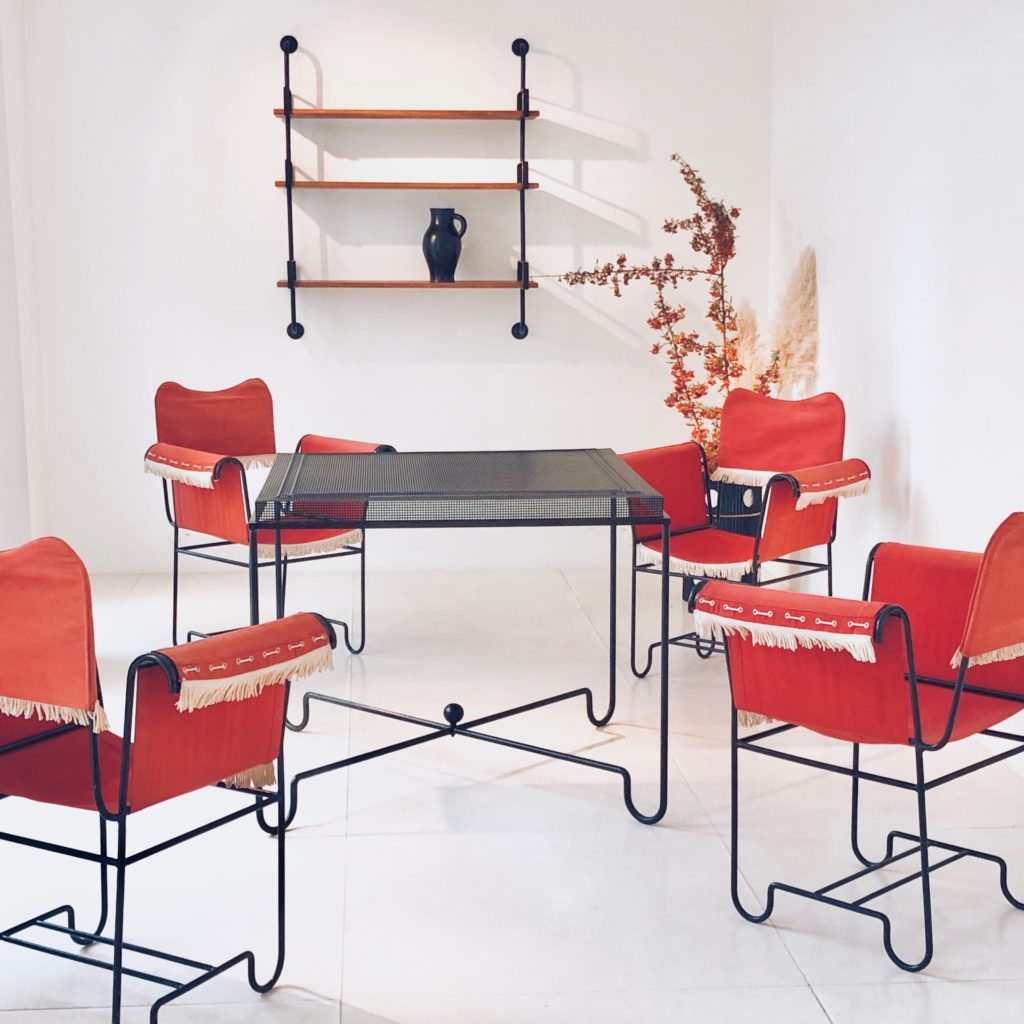Mategot, Mathieu
Mathieu Mategot (1910 – 2001)
Born in Hungary in 1910, Mathieu Mategot studied art at the Budapest School of Fine Arts and Architecture.
Beginning his career as a theater decorator, he decided to leave his country and settled in Paris in 1931, where he made friends with many of the artists of Montparnasse.
In 1939, at the outbreak of war, Mathieu Mategot enlisted for France. The following year, he was taken prisoner and assigned to a mechanical engineering factory in Germany. It was here that he discovered perforated sheeting for the first time.
Returning to Paris after the war, he renewed his acquaintance with André Lurçat and later met Jean Lurçat and Denise Majorel. A painter and decorator, Mathieu Mategot designed his first furniture and decorative objects, which were sold at the Crémaillère fair in the late ’40s.
Mathieu Matégot has taken part in numerous trade fairs, and is much in demand for public and private commissions, including the vegetarian restaurant La Saladière in Paris, part of the Drugstore on the Champs-Élysées, two foyers at the Maison de la Radio and an airfield in Casablanca.
Mathieu Matégot is one of the most inventive designers of the 50s. In his mind, metal can be cut, painted, folded and shaped like a simple sheet of paper or light fabric, resulting in veritable suspension sculptures…. He transforms this cold, rigid material into something graceful and ethereal. At ease with all materials, he has also worked with glass, wood, rattan and brass.
Matégot’s career as a whole, from his discovery of perforated metal during the Second World War to his latest tapestries of the 1980s, reveals a rich and varied body of work, making Mathieu Matégot one of the greatest creators of the Trente Glorieuses period.
Oeuvres de l'artiste

Matthieu Mategot
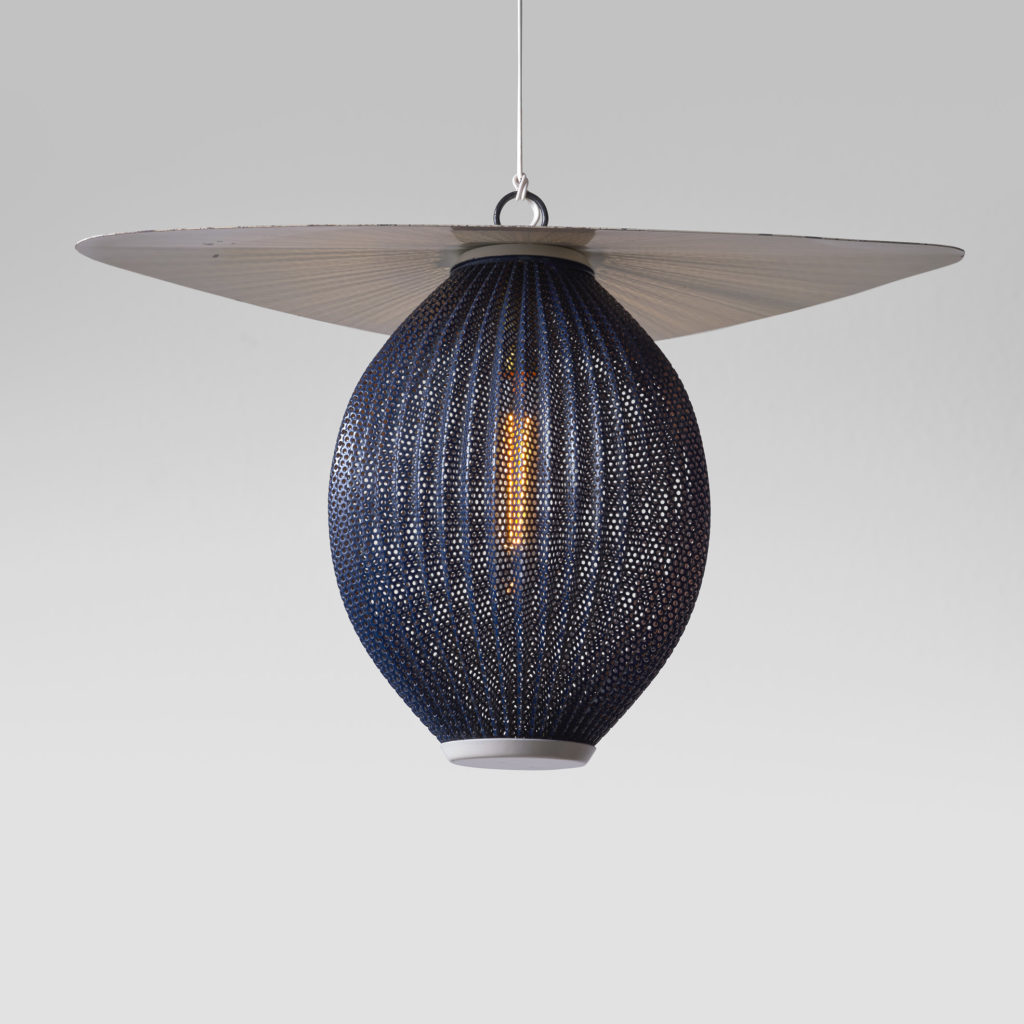
Mathieu Mategot

Mathieu Mategot
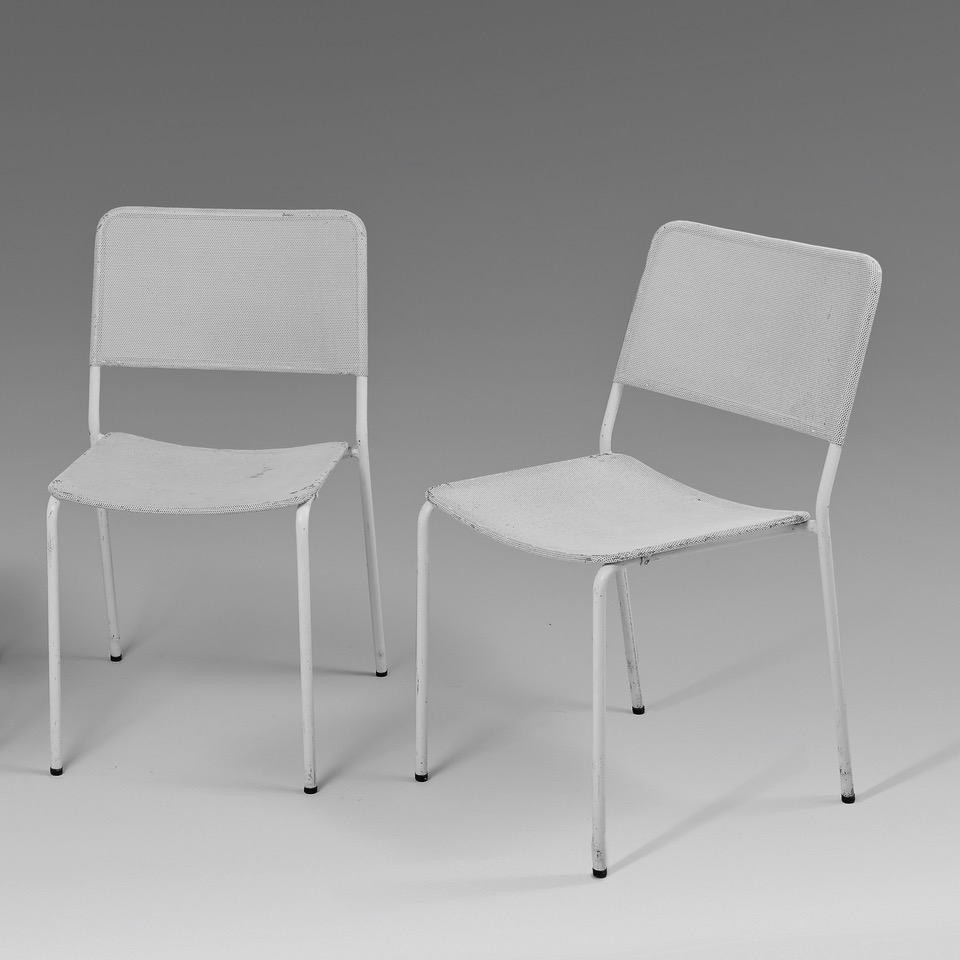
Mathieu Mategot
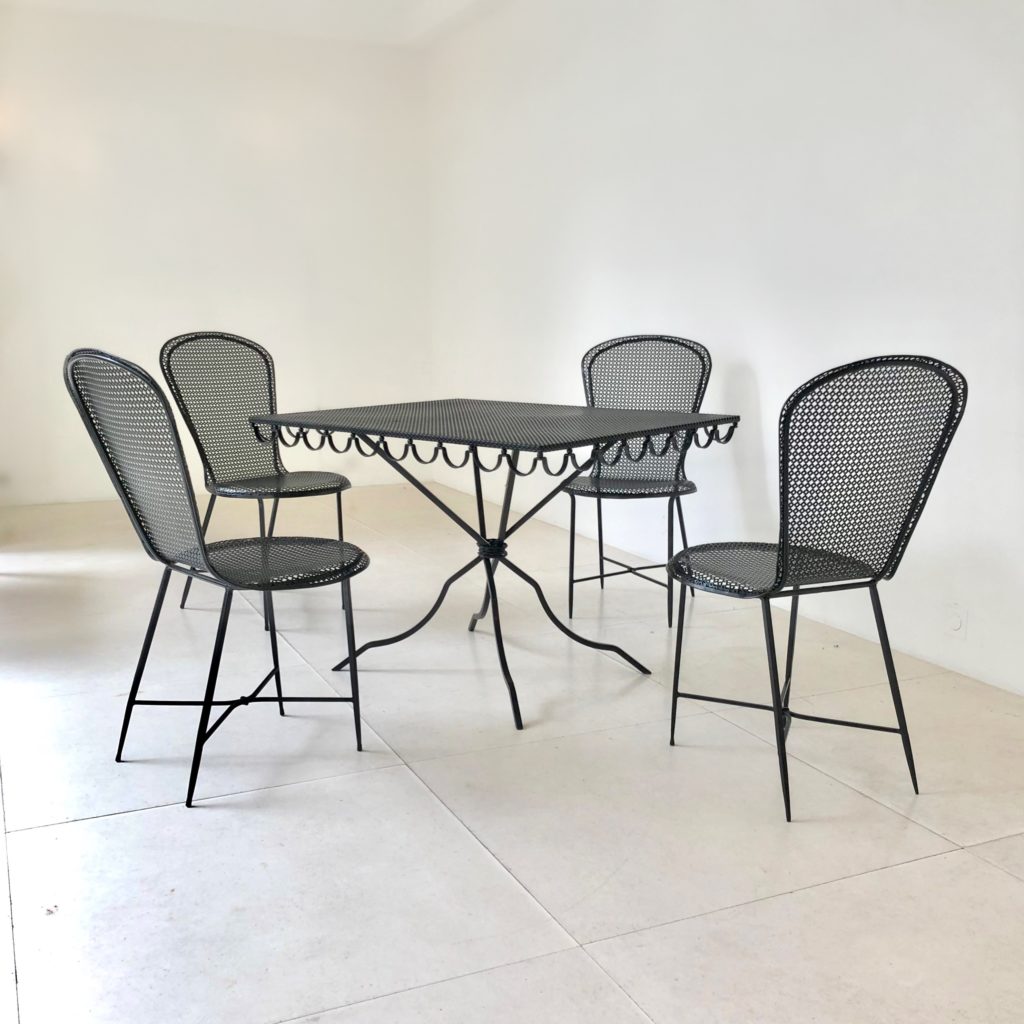
Mathieu Mategot
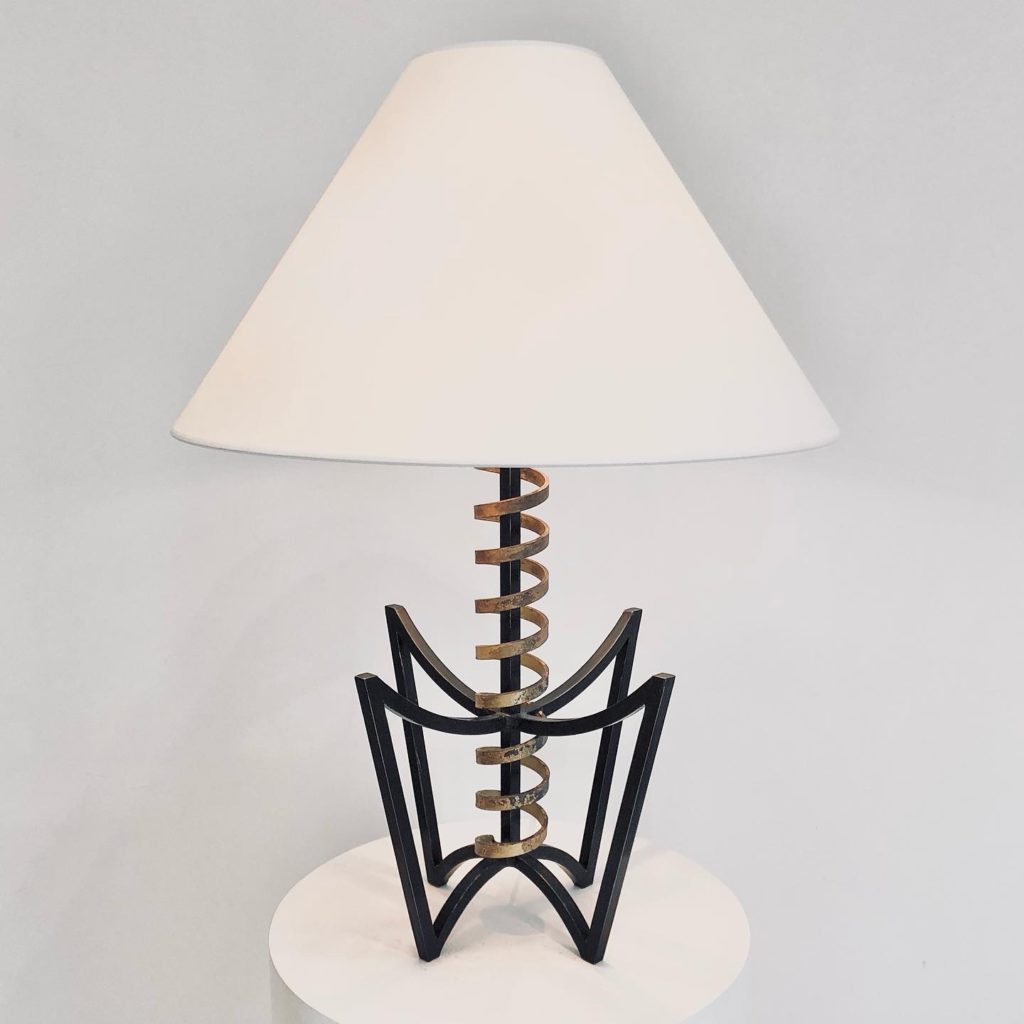
Mathieu Mategot
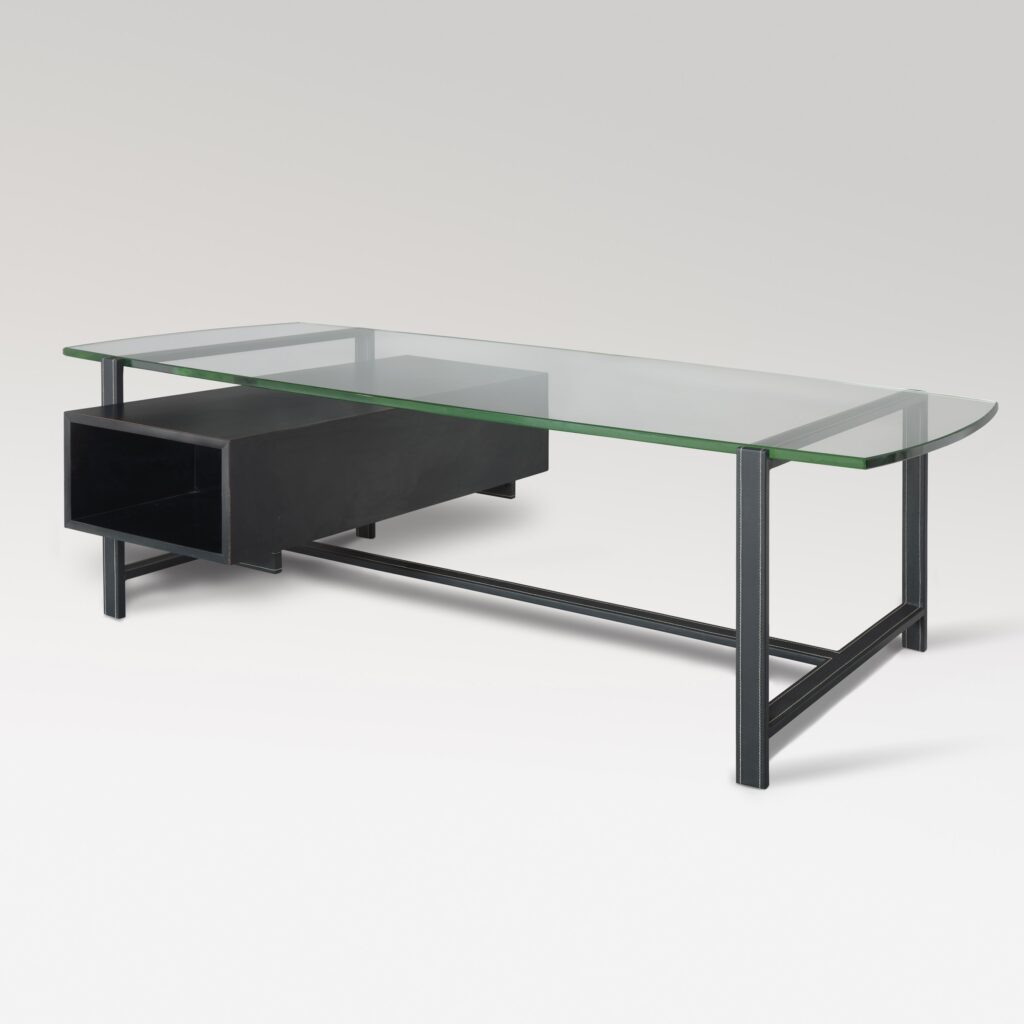
Mathieu Mategot
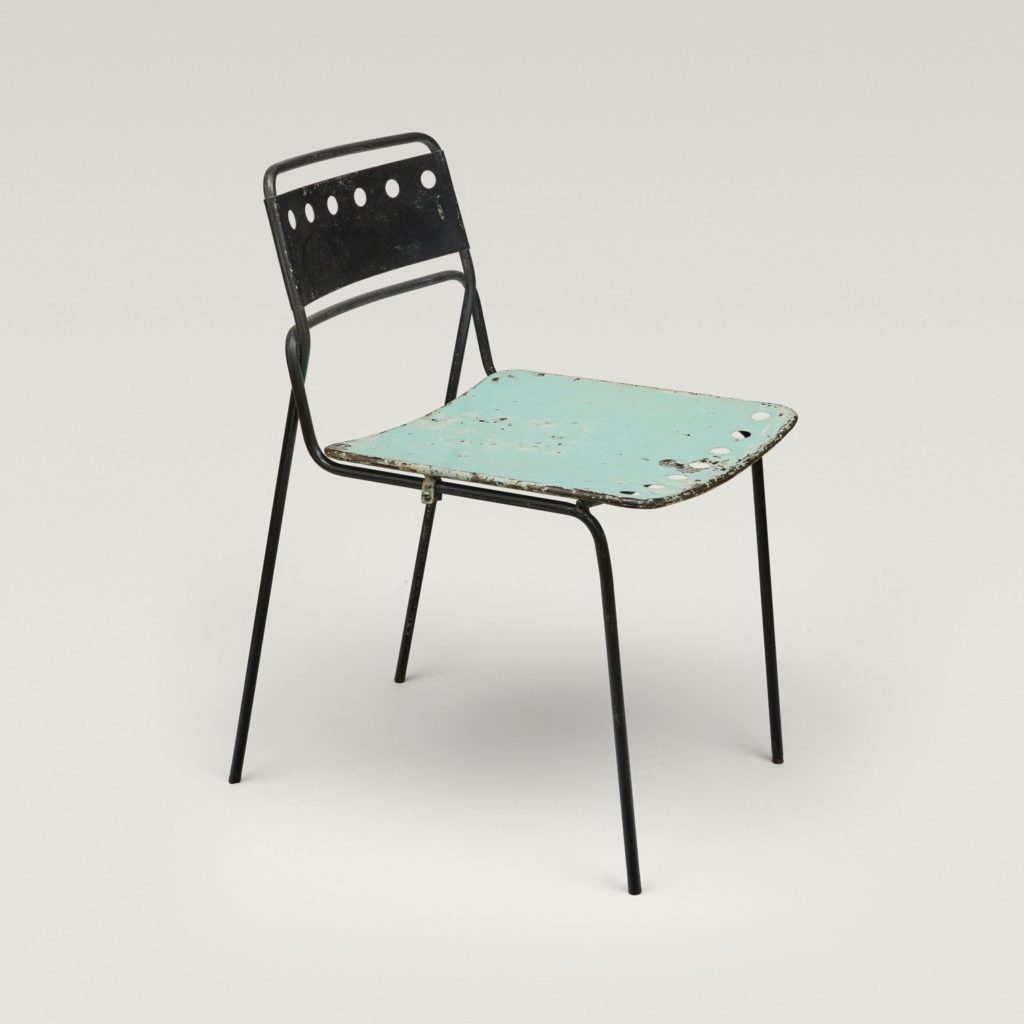
Mathieu Mategot
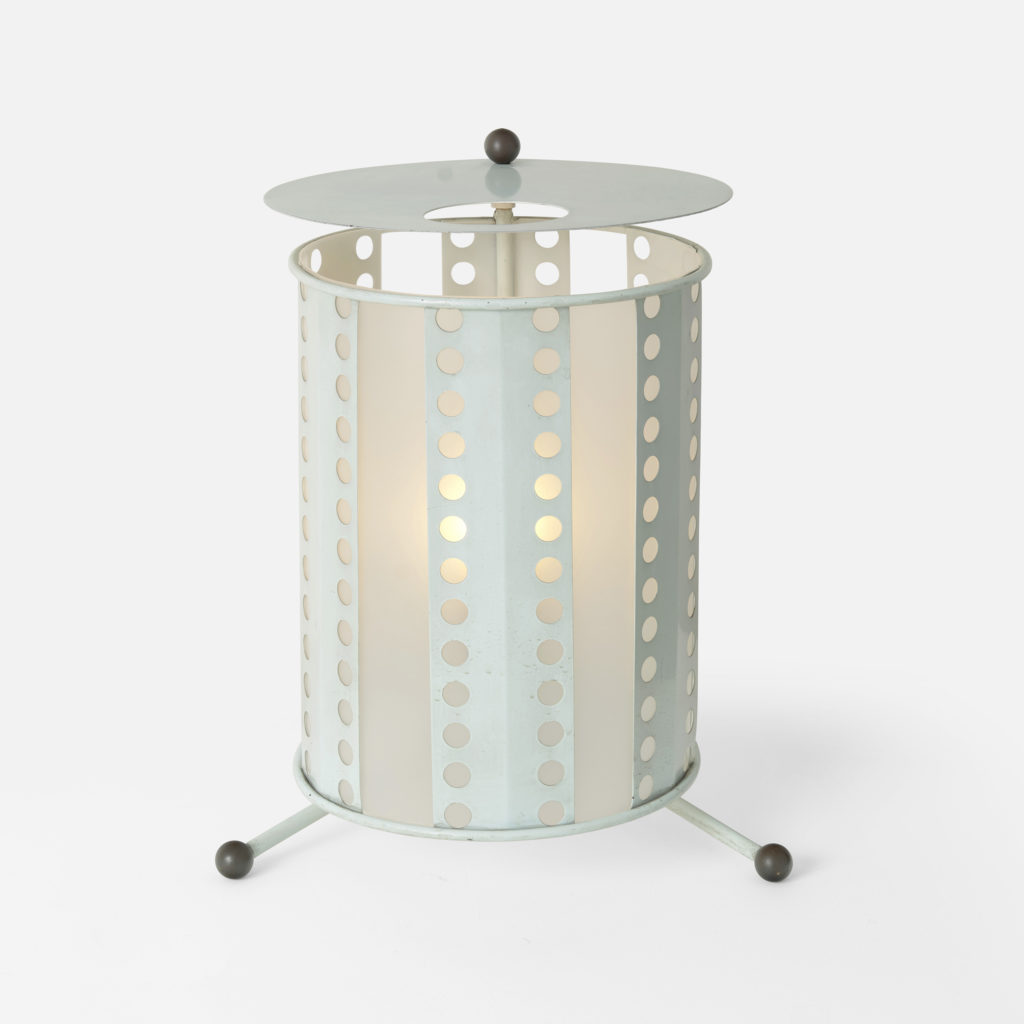
Mathieu Mategot
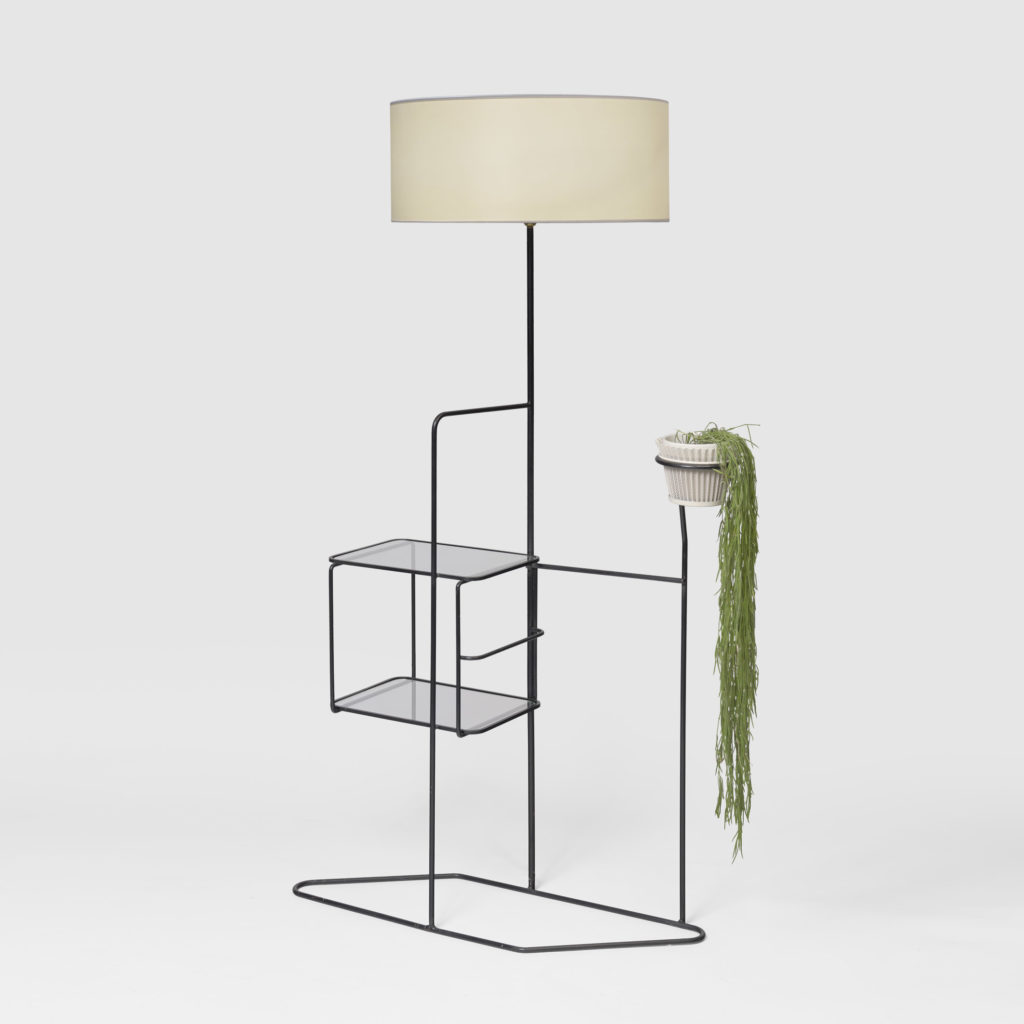
Mathieu Mategot

Mathieu Mategot
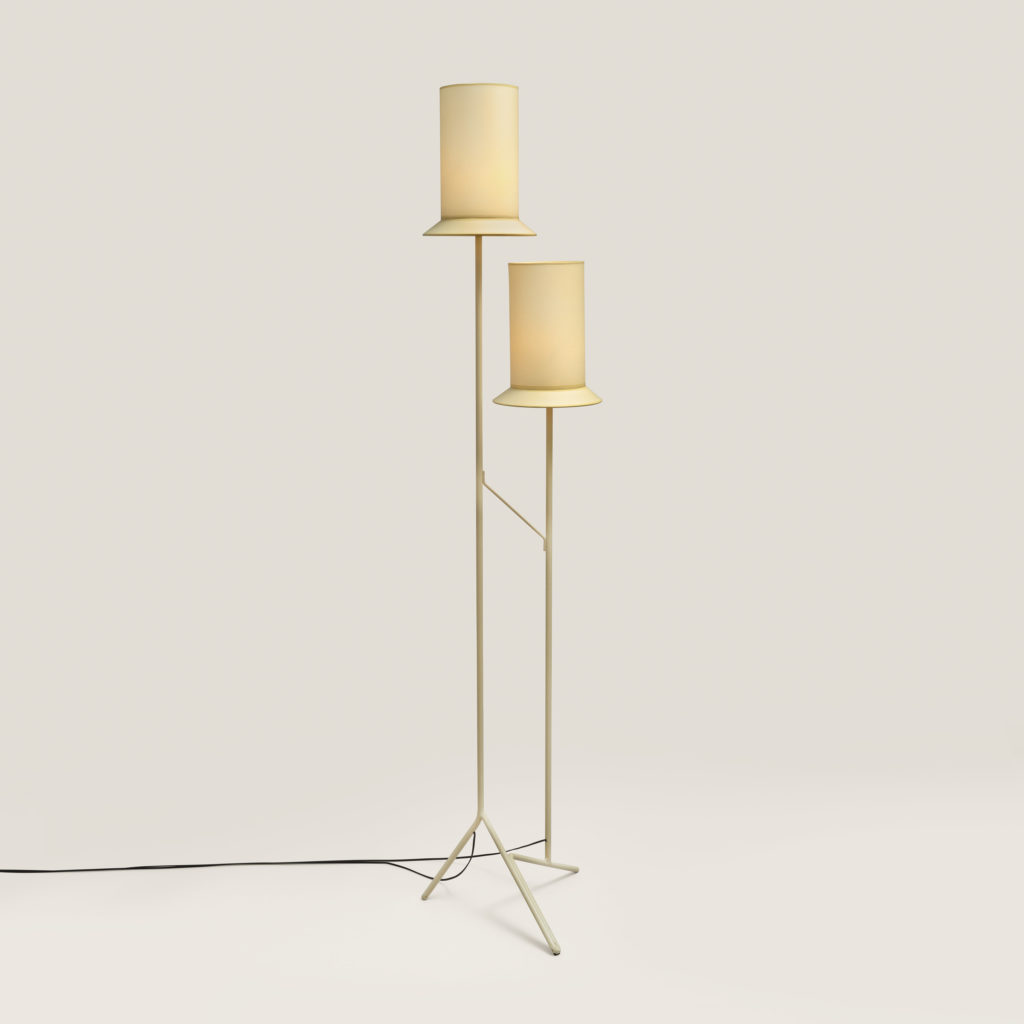
Mathieu Mategot
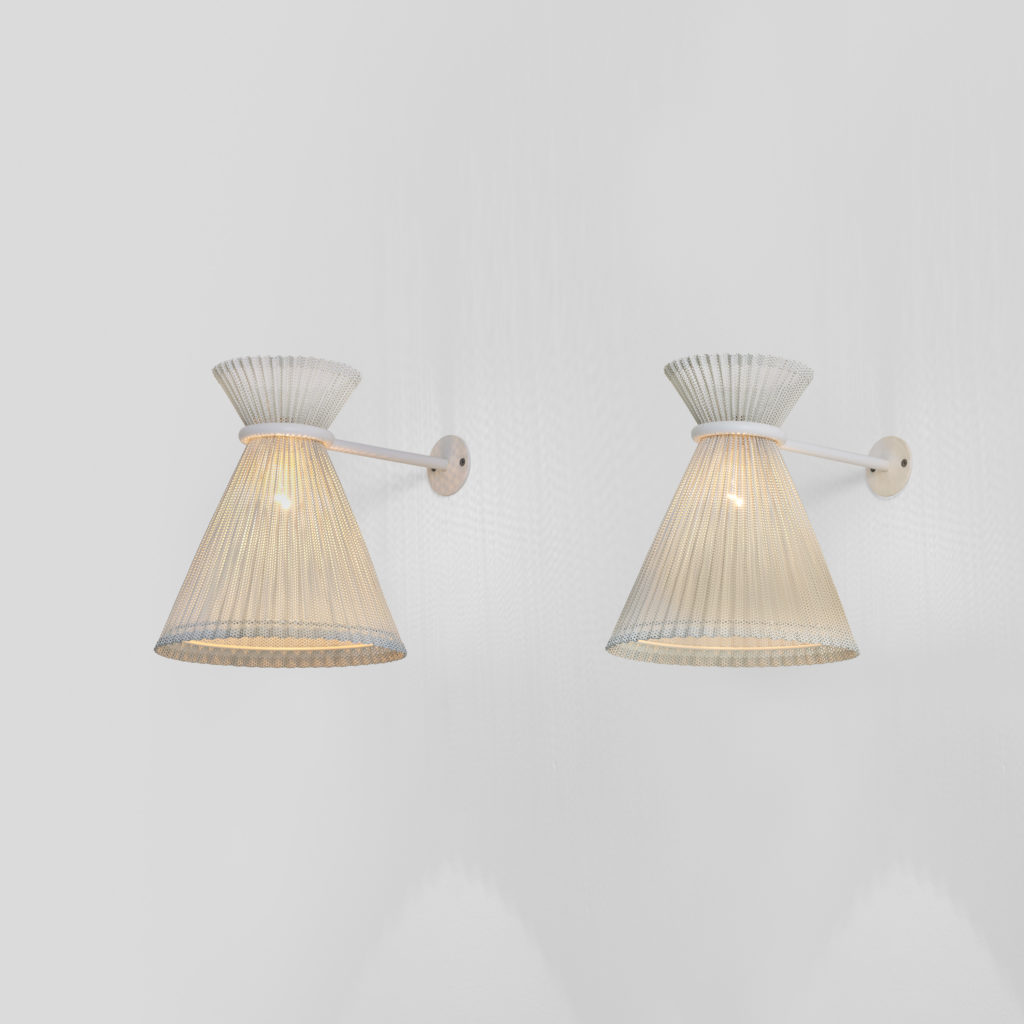
Mathieu Mategot

Mathieu Mategot
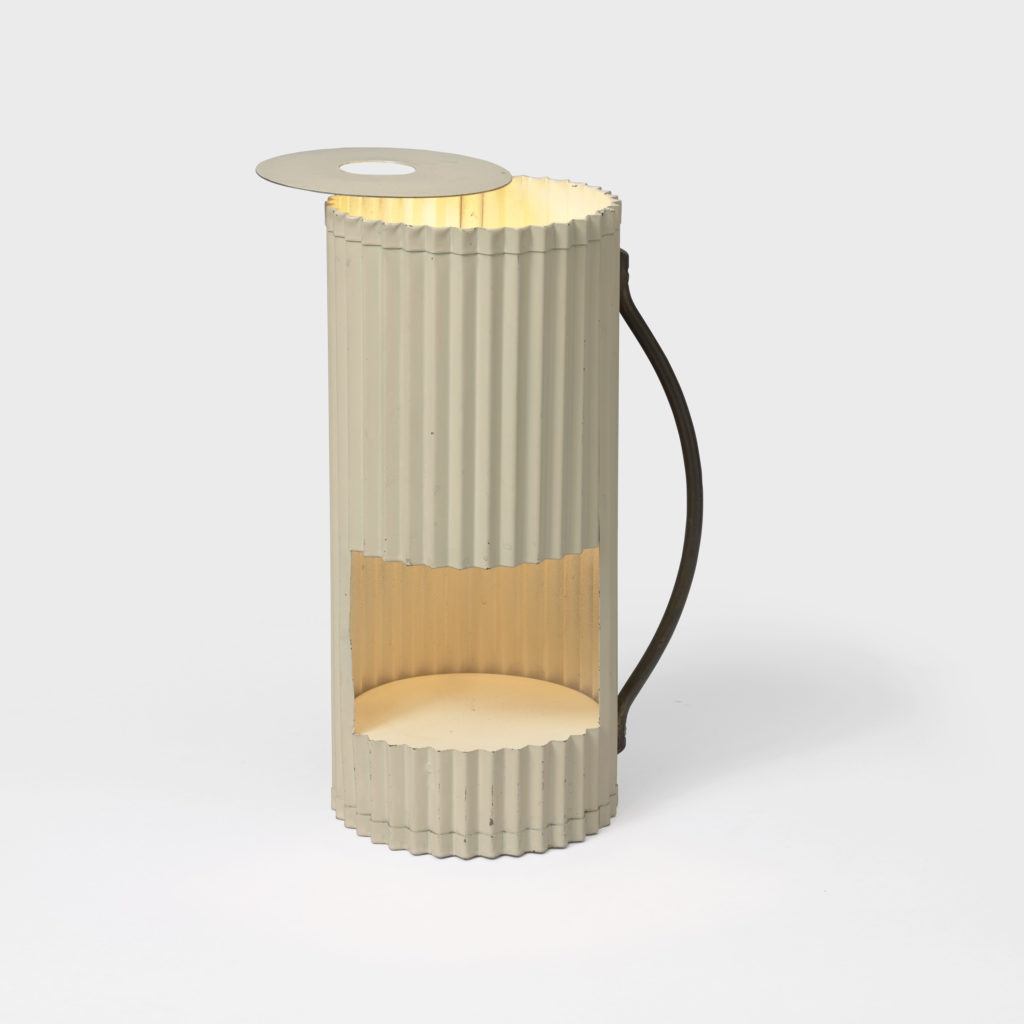
Mathieu Mategot

Mathieu Mategot
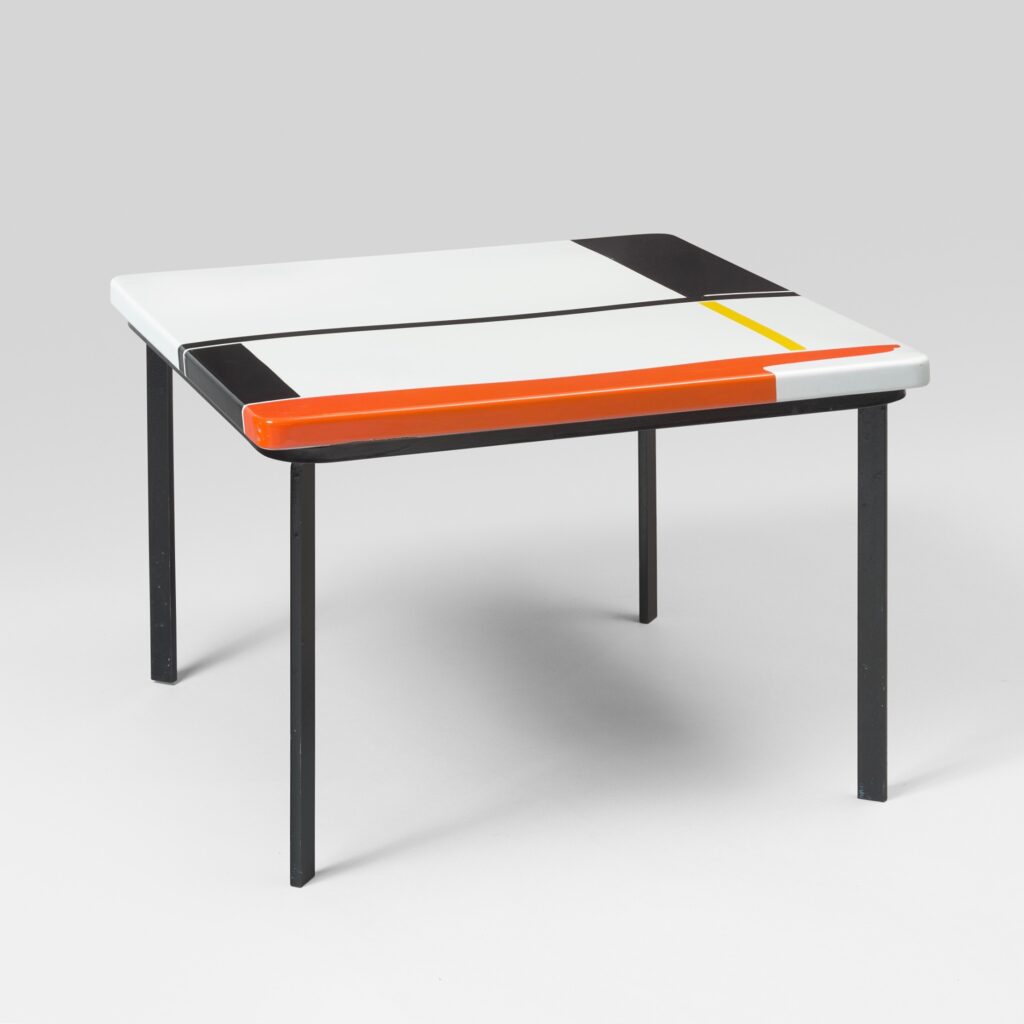
Mathieu Mategot

Mathieu Mategot

Mathieu Mategot
